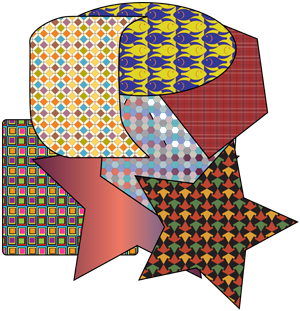Or search by topic
Number and algebra
Geometry and measure
Probability and statistics
Working mathematically
Advanced mathematics
For younger learners
Flip Your Mat!



- Project
- Teachers' Resources
 Drinks mats are not only for preventing spills on table tops - they are also good for flipping and catching!
Drinks mats are not only for preventing spills on table tops - they are also good for flipping and catching!
In this project, you will design your own mat and test it against others to see which is best for flipping and catching.
You will need to think about:
- Shape - should it be a regular polygon, an irregular polygon, or should it be circular or have rounded sides?
- Size - what is the optimum size for flipping and catching, does it depend on the size of the person's hand?
- Material - it needs to be easy to catch, not too slippery, perhaps slightly flexible but not too flexible. You don't want it to hurt your hand!
- Design - you will want your mat to be eye-catching, to stand out from the crowd!
Once you've designed your drinks mat, you need to test it against other people's. How will you plan a fair test? You will need to think about what a standard 'flip' is, and how you can make sure that all flips are the same as far as possible.
Related Collections
You may also like
Sponge Sections
You have been given three shapes made out of sponge: a sphere, a cylinder and a cone. Your challenge is to find out how to cut them to make different shapes for printing.
Paper Folding - Models of the Platonic Solids
A description of how to make the five Platonic solids out of paper.
Plaiting and Braiding
This article for students gives some instructions about how to make some different braids.

